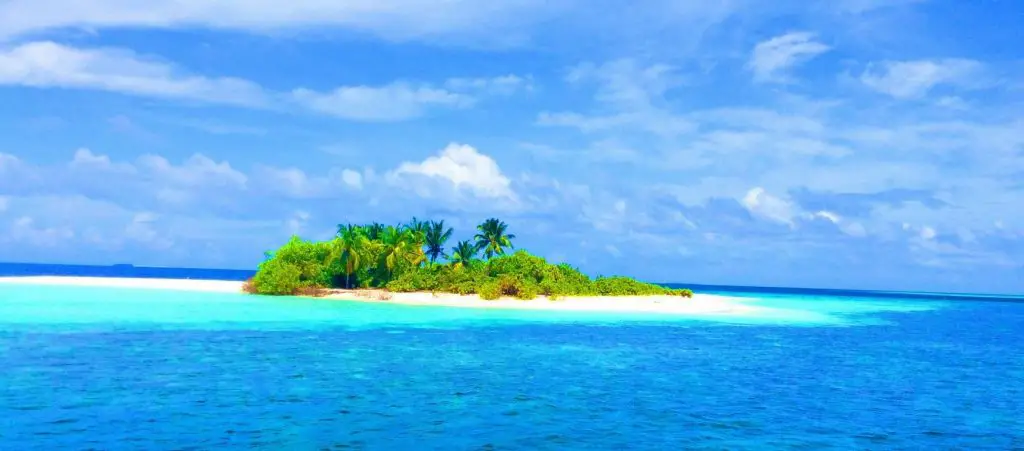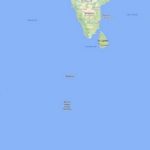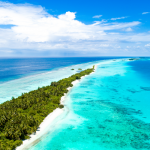
The Maldives experiences strong ocean currents in some areas, which is an archipelago located in the Indian Ocean, and its geography and position subject it to various oceanic influences. The currents in the Maldives are driven by monsoon winds and the Indian Ocean’s complex circulation patterns.
During the northeast monsoon season, which typically occurs from November to March, strong currents are known to flow from the northeast. Conversely, during the southwest monsoon season, which generally takes place from April to October, currents flow from the southwest.
These monsoon-driven currents can be powerful and affect the underwater environment, particularly around channels and atolls.
The strength and direction of currents can vary depending on factors such as tides, winds, and local topography. It’s important for visitors to the Maldives, particularly those engaging in water activities like swimming, snorkeling, or diving, to be aware of the current conditions and exercise caution.
It is advisable to consult with local authorities or experienced guides who can provide information on safe areas and help navigate the currents effectively.
The best way to do more diving in the Maldives is to book yourself on a scuba diving liveaboard. You can check the latest and best deals on Maldives liveaboards using the following window:
Why is the current so strong in the Maldives?
The strong currents in the Maldives can be attributed to several factors:
- Monsoon Winds: The Maldives is influenced by two main monsoon seasons—the northeast monsoon and the southwest monsoon. During these periods, winds blow consistently in specific directions, leading to the formation of strong ocean currents. The monsoon winds, coupled with the region’s geographical features, contribute to the intensity of the currents.
- Atolls and Channels: The Maldives is composed of numerous coral atolls, which are circular or oval-shaped islands that enclose lagoons. These atolls are interconnected by channels or passages. When the tide changes or the monsoon winds shift, water flows through these channels, resulting in strong currents. The narrow passages and varying depths amplify the speed of the currents.
- Indian Ocean Circulation: The Maldives is situated within the larger circulation patterns of the Indian Ocean. The currents in the region are influenced by the Indian Ocean Gyre, a large-scale system of ocean currents. The gyre encompasses the Arabian Sea, Bay of Bengal, and parts of the Indian Ocean, and it contributes to the complex circulation patterns and currents in the Maldives.
- Underwater Topography: The submerged topography, including underwater ridges, seamounts, and varying depths, also plays a role in shaping the currents. The interaction between the ocean floor and the flow of water can lead to localised areas of stronger currents, especially near channels or areas with abrupt changes in depth.
It’s important to note that the strength and direction of currents in the Maldives can vary depending on seasonal changes, tidal patterns, and other factors. Monitoring local weather and tide conditions, as well as seeking guidance from local authorities or experienced guides, is crucial for ensuring safety when engaging in water activities.
With that said, you may like to read; is it safe to scuba dive in the Maldives?
I hope you enjoyed this article about are there strong currents in Maldives
I’d love to hear from you. Tell us about your adventures of diving and snorkelling. Please use the comments section below. Please also share your photos. Either from your underwater cameras or videos from your waterproof go-pro’s!
If this article hasn’t answered all of your questions. If you have more questions either about snorkelling or scuba diving (or specifically about are there strong currents in Maldives), please comment below with your questions.
There will also be many more articles about scuba and scuba diving safety tips (and on snorkelling too) for you to read and learn about this fabulous sport.
Have fun and be safe!




